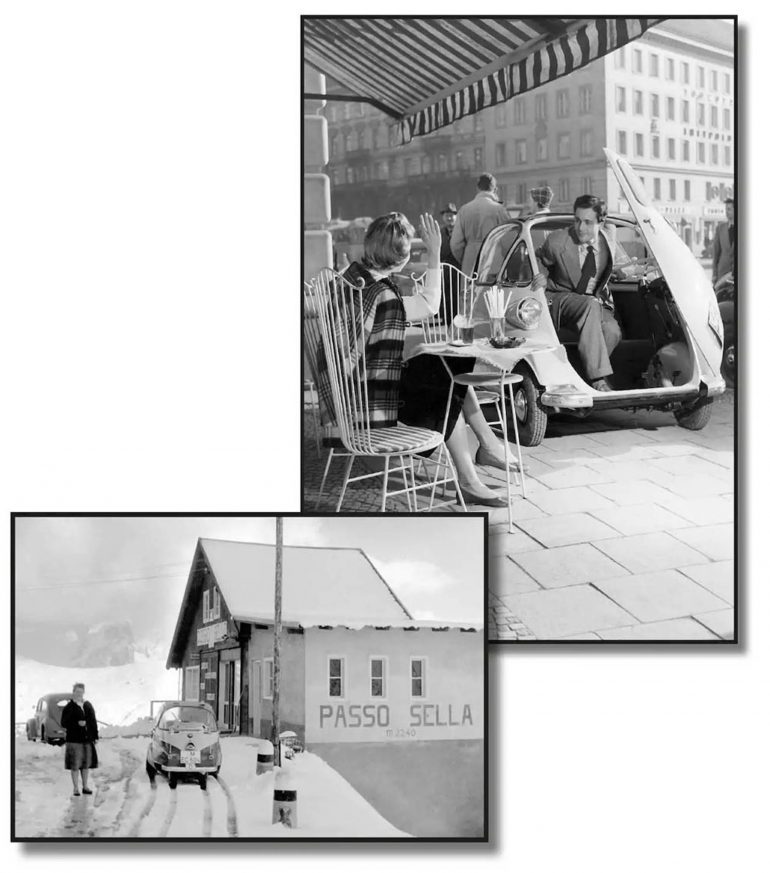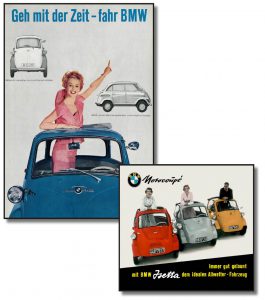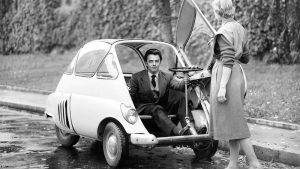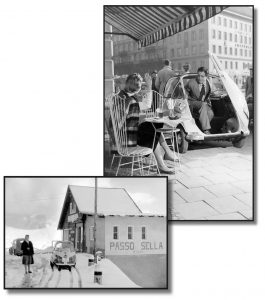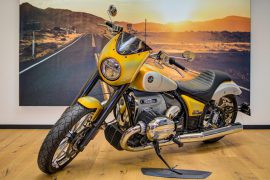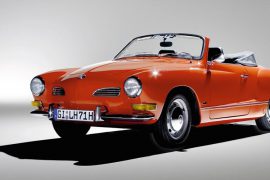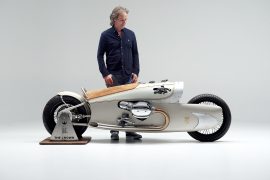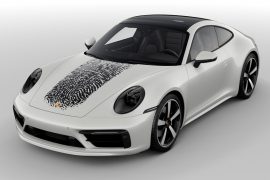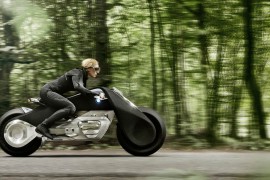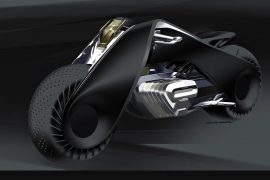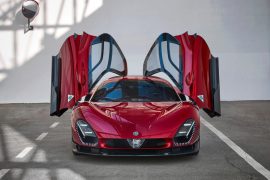Cult cars: The Isetta is an icon of automobile history.
But where does its name actually come from? And what is it that connects the iconic huggable ball with refrigerators? Answers are provided by the wonderful history of the BMW vintage car.
Petticoat, kidney-shaped table and the Isetta – they are emblematic of the 1950s. The petticoat adorned the women, the table the living rooms and the BMW cabin scooter the streetscape not only in post-war Germany.
Today, the BMW Isetta is an extremely sought-after classic car. And one would probably call it a Micro Mobility Vehicle. The smallest car from Munich combined a clever concept with the charm of modesty. Nevertheless, the Isetta was by all means a complete automobile for its time. However, it owes its birth to an emergency situation.
The Isetta: from emergency nail to icon
BMW was on the verge of bankruptcy in the mid-1950s: motorbike production was declining. In the car sector, the large vehicles such as the Types 503 and 507 represented a loss-making business, as they were (too) lavishly produced. „So the first goal was to get a car into the model range that would bring money into the coffers as quickly as possible,“ explains Axel Klinger-Köhnlein, an expert at BMW Group Classic.
BMW therefore needed a new model without having to incur major development costs. At the 1954 Turin Motor Show, BMW found the solution: on the stand of Iso Rivolta, an Italian manufacturer of refrigerators and mini cars, there was a three-wheeler with a huge front door: the Iso Isetta. The BMW delegation acquired the licensing rights for the Isetta and the production facilities at the same time.
What is a BMW Isetta?
The BMW Isetta is a very small car that was built under licence by the Bayerische Motorenwerke from 1955 to 1962. The „Motocoupé“ goes back to a development by the Italian manufacturer Iso Rivolta and belongs to the so-called cabin scooters. Characteristic features of the Isetta are the front door and the single-cylinder four-stroke engine in the rear.
First, BMW had to „refine“ the engine and chassis of the Italo-scooter, as Klinger-Köhnlein puts it. The technical data, however, sounded modest even after the modification by the BMW developers who were used to performance: The single-cylinder four-stroke with 250 cm³ displacement from the R25 motorbike, trimmed for smoother running, produced exactly 12 hp in the BMW Isetta 250 at the start of production in 1955.
BMW based the name of the cabin scooter on its roots. Isetta is the Italian diminutive of Iso. The number of wheels was different: while the original only had three, the German version of the Isetta rolled off the production line with four wheels. In 1956, the Bavarian manufacturer introduced the higher-torque BMW Isetta 300 version with a displacement of 300 cm³ and 13 hp. In both versions, the scooter reached 85 km/h top speed.
Cuddly ball with cult character
BMW marketing invented the term „Motocoupé“ for the cabin scooter. The little Isetta was affectionately christened the „Knutschkugel“. On short distances and in the city, the heroine of everyday life was unrivalled in speed. Thanks to a length of only 2.28 metres and a flyweight of 350 kilograms, it was more manoeuvrable and flexible than almost any other vehicle. Also, two adult passengers sat side by side as in a „real“ car – no other micromobile could offer that.
The forward-opening front door, branded refrigerator, made it easy to get in. The steering wheel and steering column swung to the side with the door. Only the suitcases had to stay outside. They found room on a luggage rack mounted on the rear. The public understood: the Isetta was not a shrunken limousine, but a car with a completely new character. One that came onto the market at exactly the right time. It was the micromobile of the 1950s.
The changes to the Isetta during its lifetime were manageable. The first series, for example, had a larger rear window than the second, and the hinged windows were replaced by sliding windows. By the way, all Isettes have a fabric soft top, similar to today’s sliding roofs. Not because this was what customers wanted, as BMW Group Classic expert Klinger-Köhnlein points out. But because an emergency exit was mandatory due to the entrance via the front door.
The Isetta becomes a box-office hit
The motocoupé became an urgently needed sales hit for BMW. For an initial price of 2,550 D-marks (the equivalent of about 1,300 euros today), a broad target group could afford the Isetta. Moreover, drivers of such a microcar did not need the expensive car driving licence at that time, a motorbike licence was sufficient.
virtualdesignmagazine Michael Hiller

